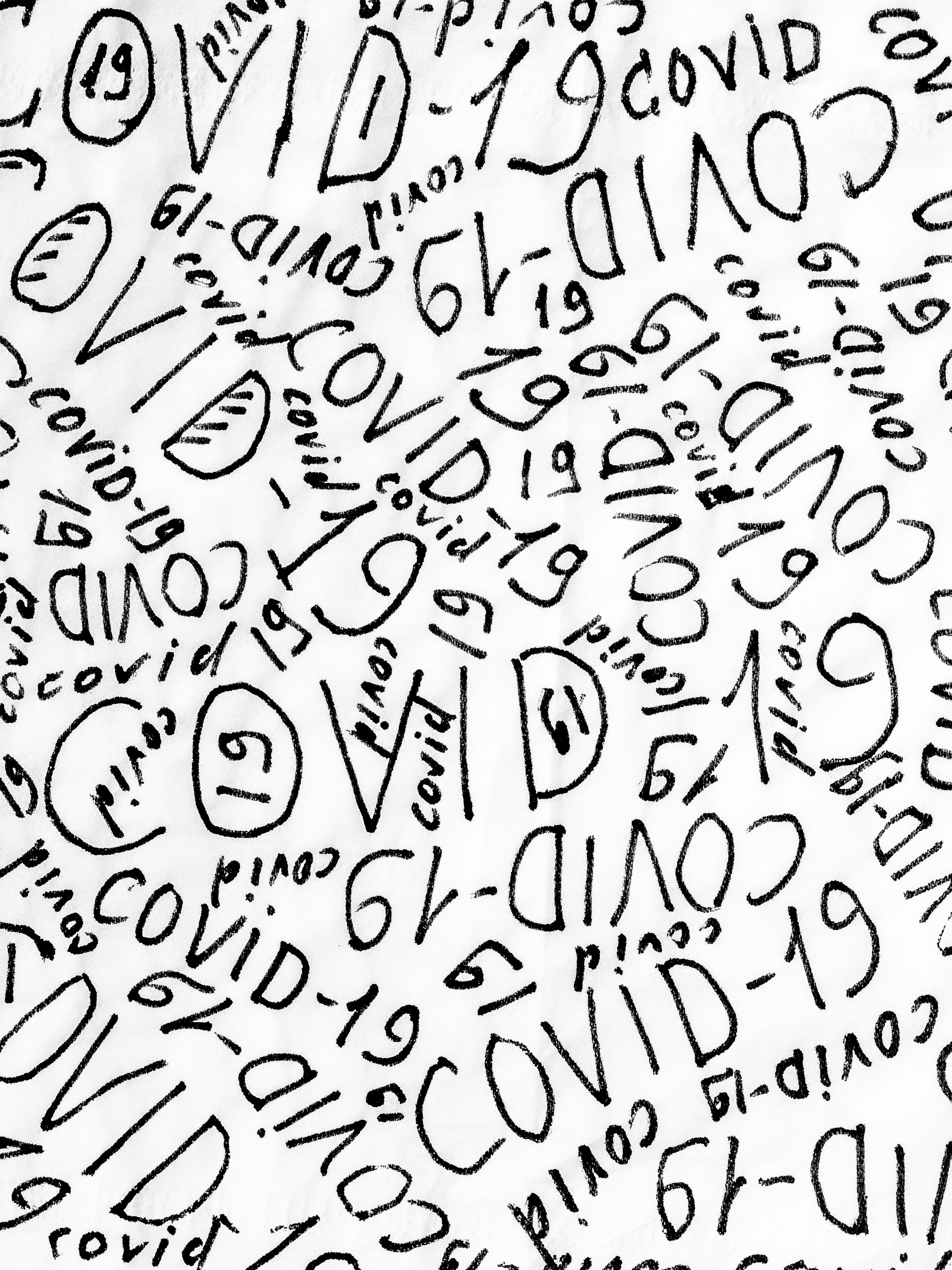Why scientists are struggling to name COVID-19 variants
Medical Pharmaceutical Translations • May 3, 2021 12:00:00 AM

A little over a hundred years ago, most people dubbed a frequently deadly flu variant “the Spanish flu”, since it was believed to have started in Spain.
Giving diseases geography-inspired names is a tradition that goes back centuries and continues today - notably with COVID-19. Early on, the disease was associated with China, where it was believed to have originated. When referring to it, some people use(d) terms like “China virus”, essentially blaming the outbreak on the Chinese. This has been tied to an increase in racism against Asian people.
Now, scientists and groups like the World Health Organization (WHO) are trying to change this troubling trend. But is this possible?
We tend to name COVID-19 variants after the place in which they were discovered. Most of us have heard of “the UK variant”, “the Brazil variant,” “the South Africa variant”, and so on. Using names that we recognize makes it easy to remember them.
But what does this do to people who come from these countries or cultures? Many will experience prejudice and even unfair treatment by government officials.
Still, you might argue, the truth is the truth. These variants do come from the places they’re named for, after all. That knowledge could be useful. But many sources point out that the variants may not actually have originated in these spots. For instance, a person may have traveled to South Africa from another country, where they were initially infected. Then, they spread the variant to the local population.
The same is true for the Spanish flu. Although it was first recorded in Spain, scientists today believe it probably didn’t originate there.
So, if geographic names are problematic in terms of prejudice and accuracy, what can we call COVID-19 variants?
Scientists already have a solution: using a series of letters and numbers that refer to particular symptoms and aspects of a variant. The only problem is, a moniker like B.1.315 doesn’t quite speak to us laypeople.
And not just laypeople - even South Africa’s Minister of Health was confused by B.1.315, a variant reported in the US, versus B.1.351, the strain of the disease that’s often associated with his country.
So, two somewhat logical naming choices are now ruled out. The problem has scientists scrambling to find a solution.
Some, like University of Edinburgh doctoral student Áine O’Toole, have gotten creative. O’Toole has suggested associating a variant with a color. Of course, just like a series of numbers and letters, colors don’t speak to most of us in a universal way when it comes to COVID-19. How does the blue variant differ from the yellow? Is red more serious than green?
The WHO has another solution in mind: giving each variant the title “V” (for “variant”) and a number corresponding to the order in which it was discovered.
This option might be easy for the average person to adopt. After all, humans have been naming series of things in a similar way for a very long time. Take movies, for instance. You have the original film and then “Part 2” or just “2” (or, okay, if you want to get fancy, “2 Fast 2 Furious”).
The numbering also gives us some additional information - we know where the variant fits chronologically compared to others.
It’s not perfect; unlike a series of significant numbers and letters, the “V” + number solution won’t give us information about things like symptoms or seriousness. Then again, neither does the current generally used, geography-based naming system.
Habits can be hard to break, and associating diseases with places or cultures unfortunately seems to be human nature. It will be interesting to see which COVID-19 variant naming system is officially chosen by the medical field - and whether or not it’s adopted into everyday life by people around the world.
Contact Our Writer – Alysa Salzberg
